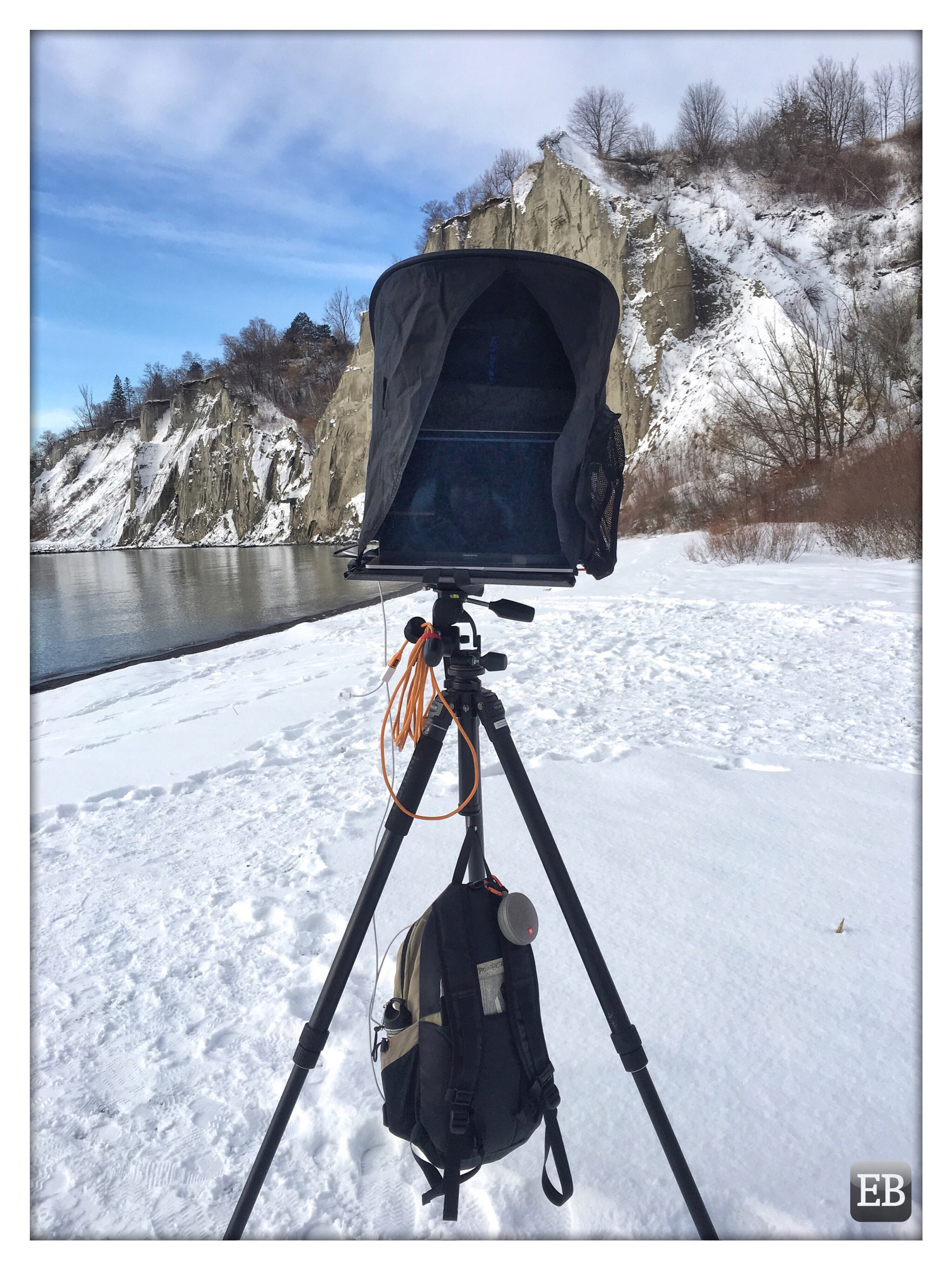
Tag: digital capture
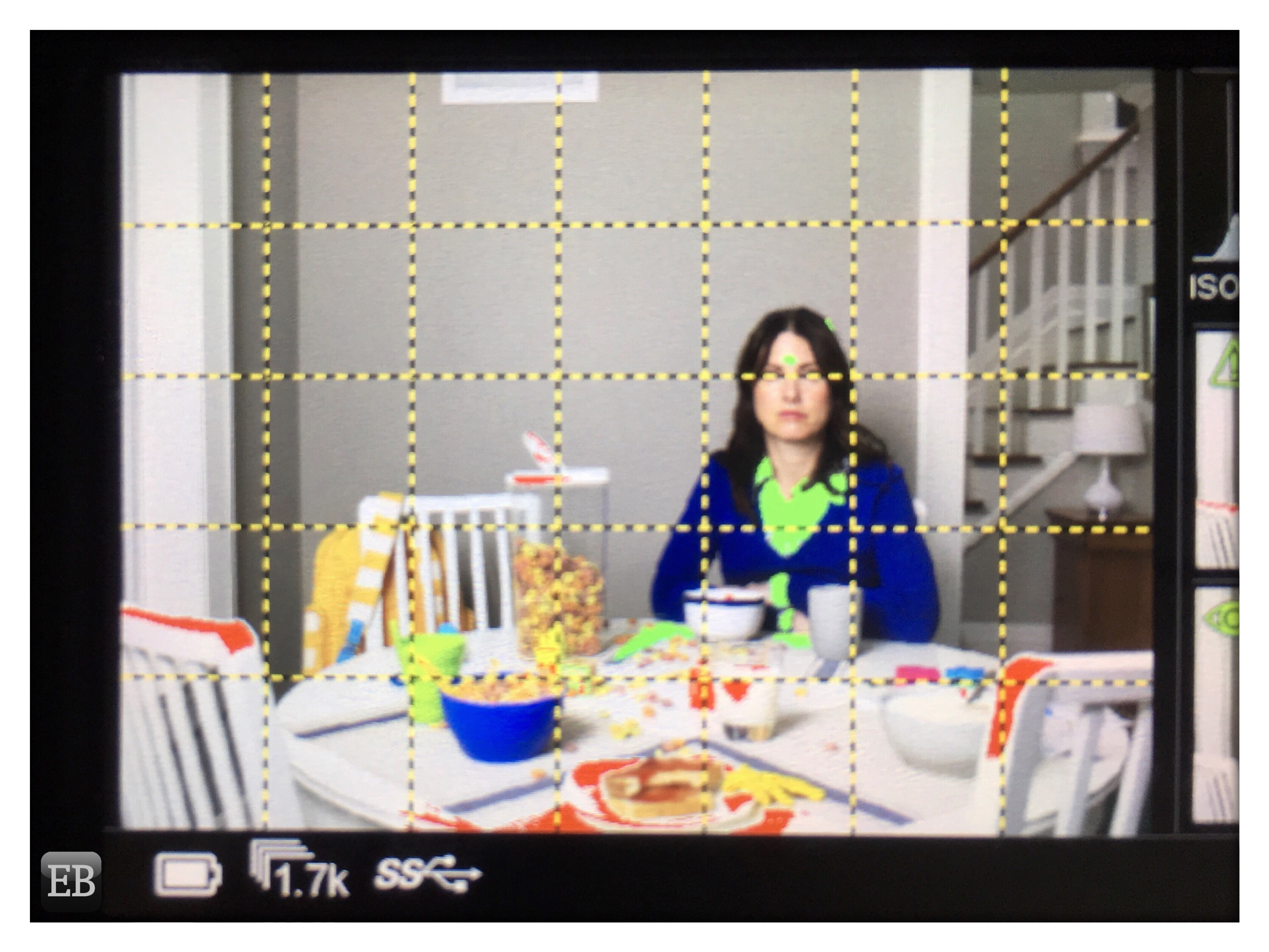
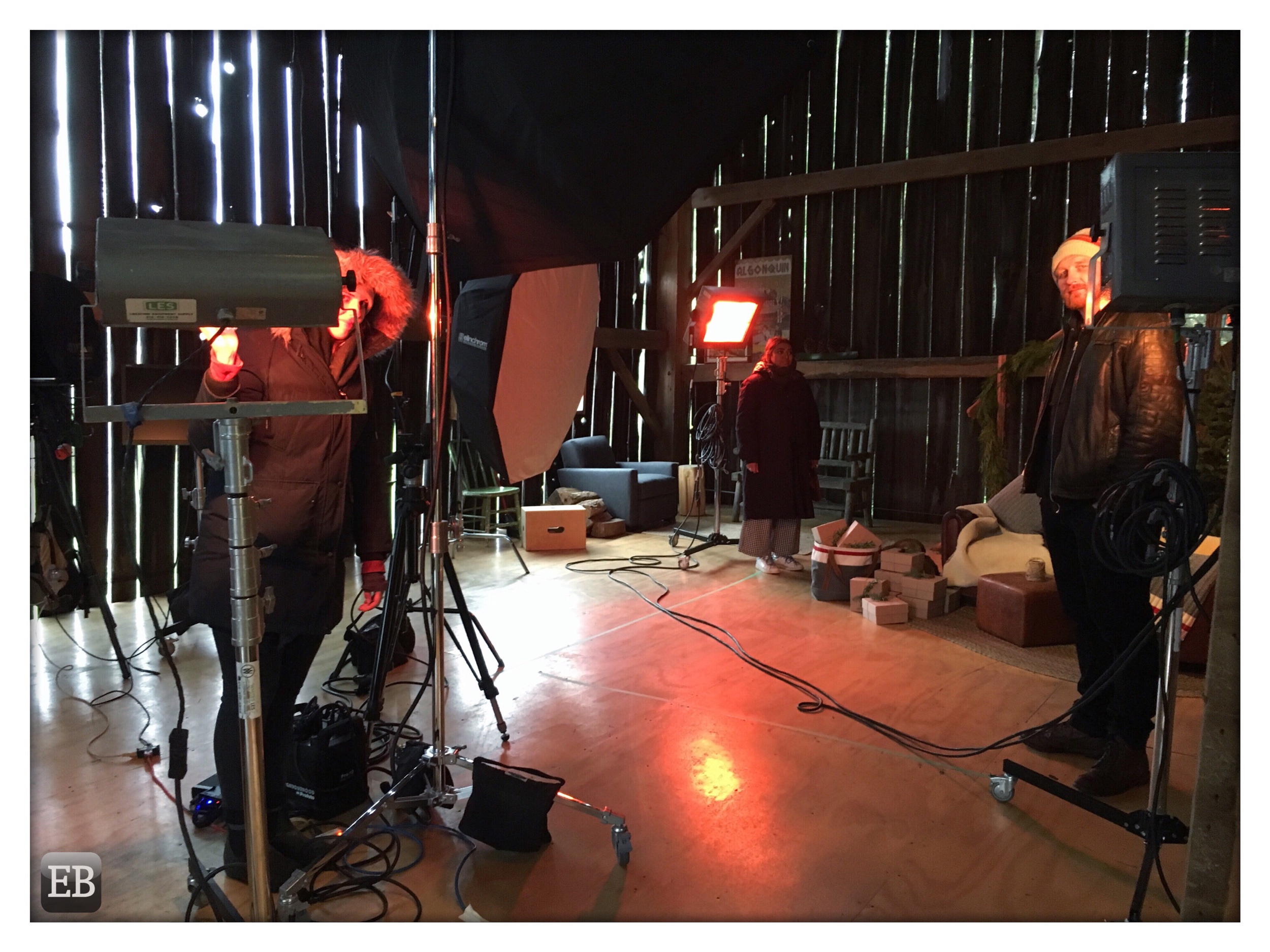

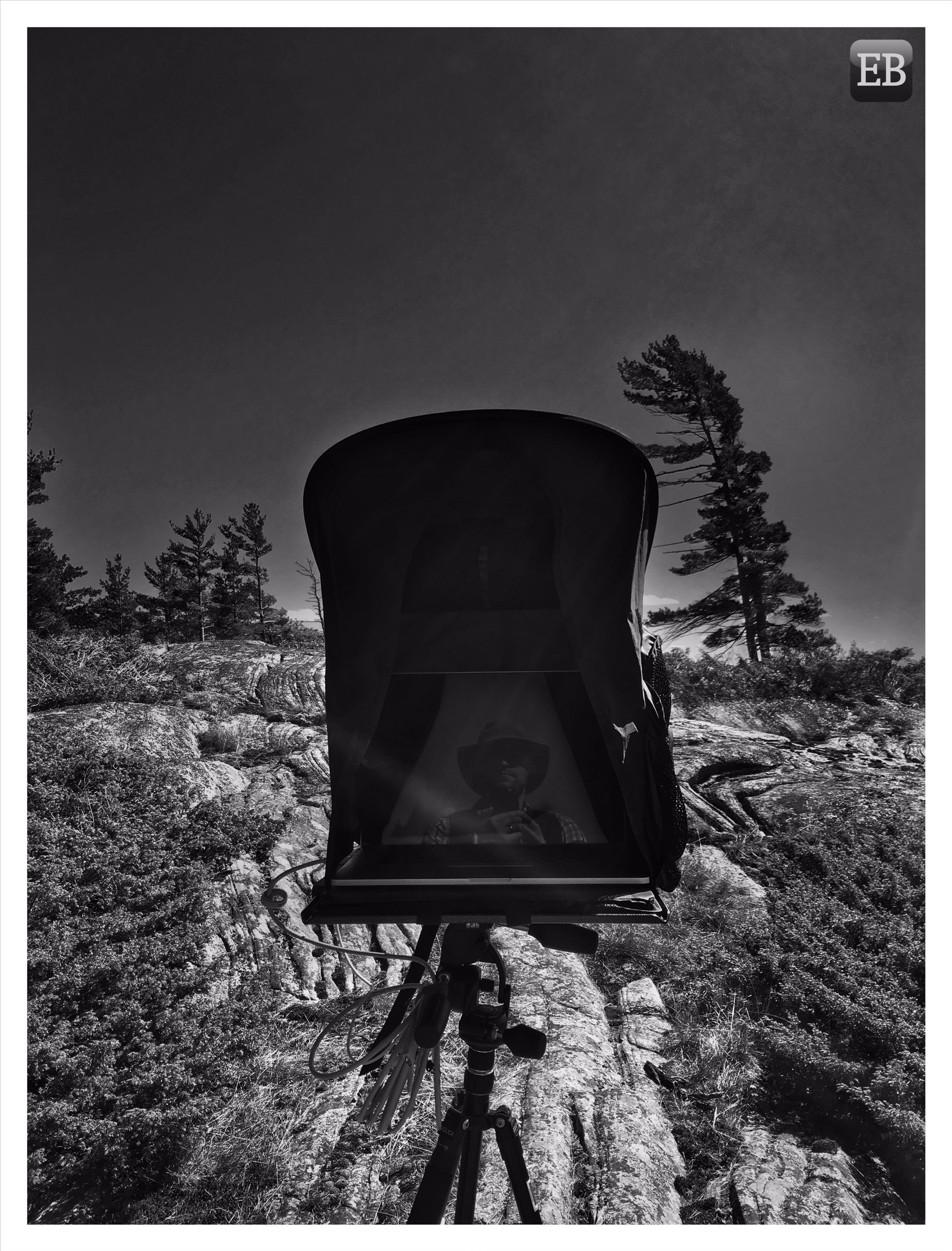
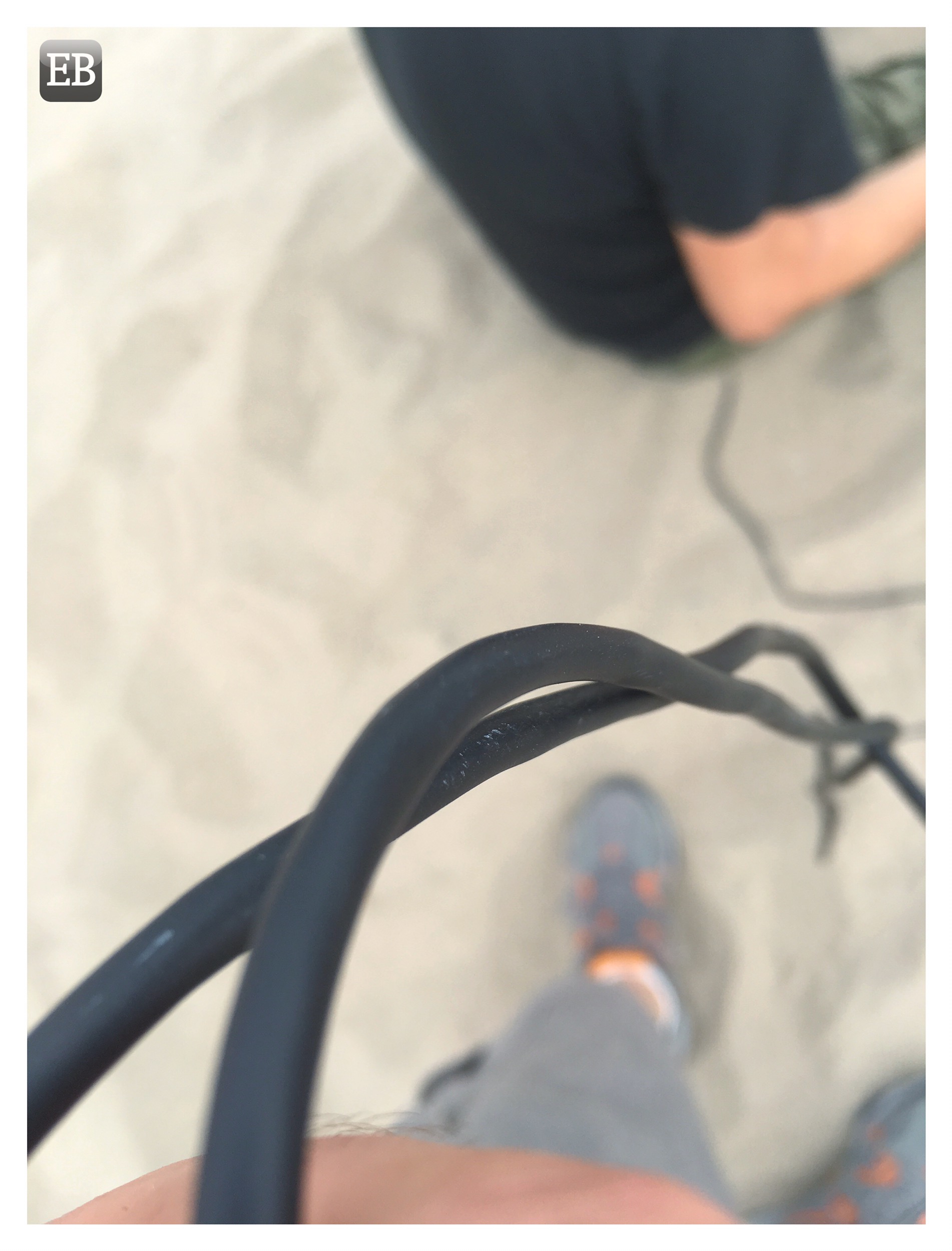
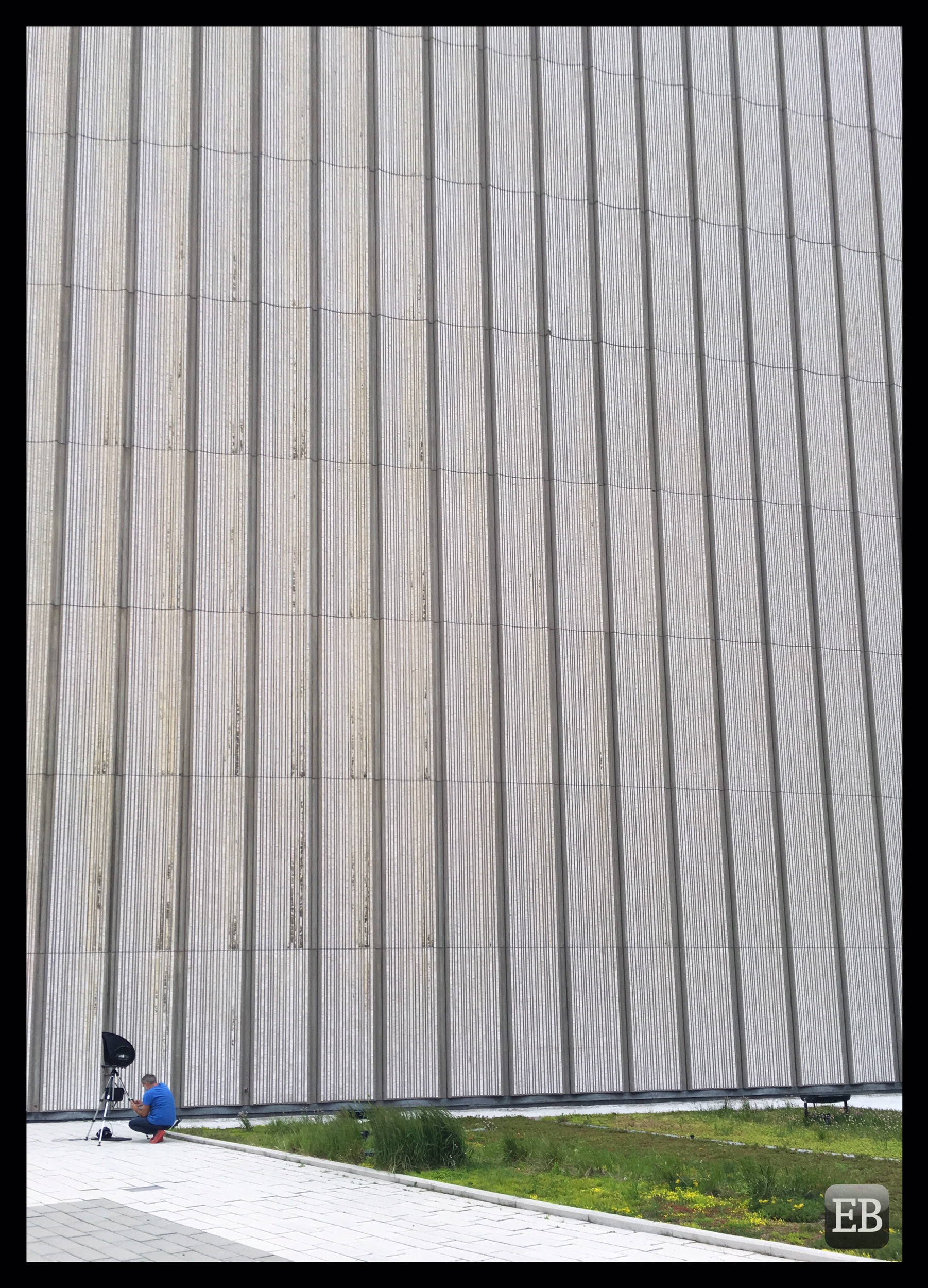
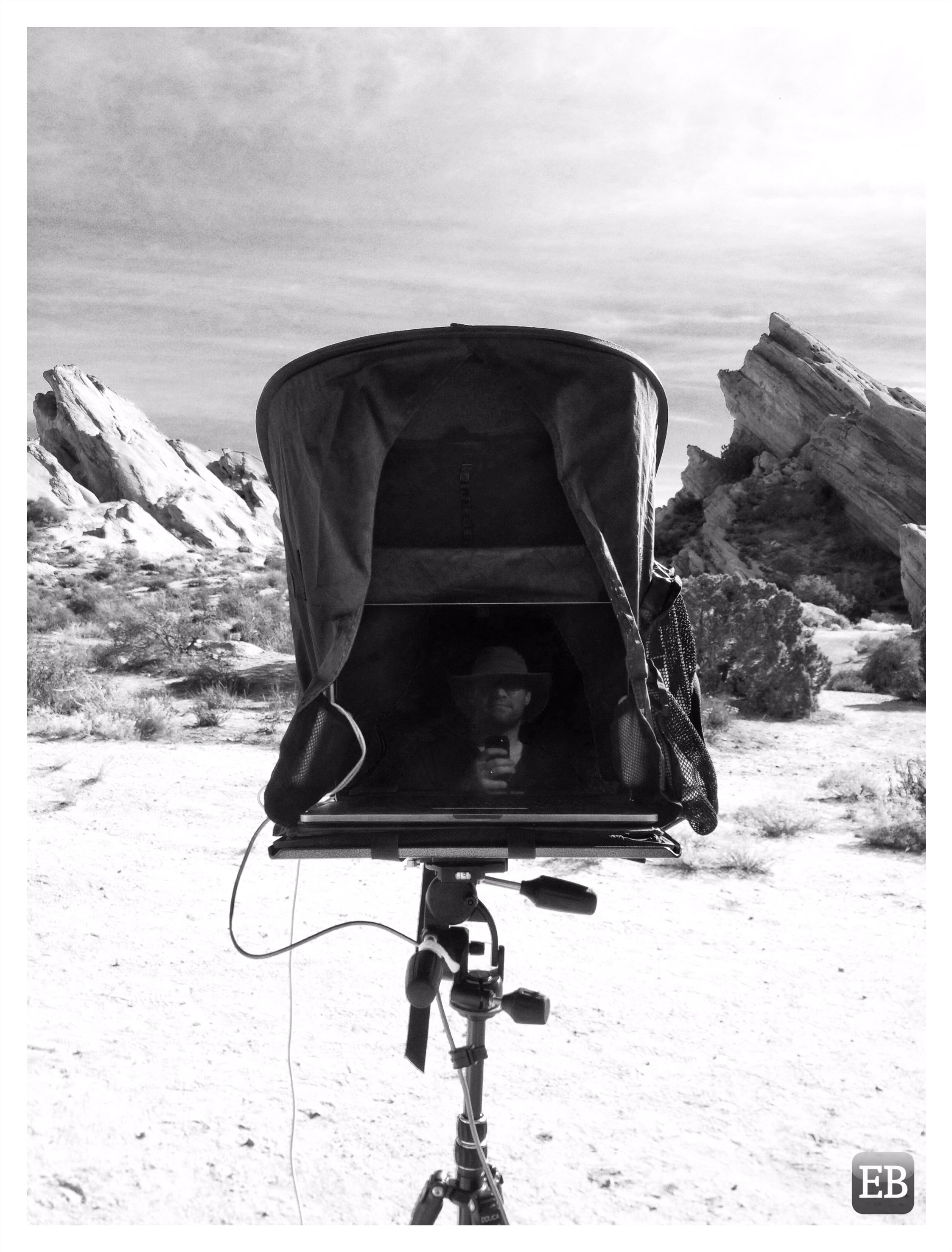
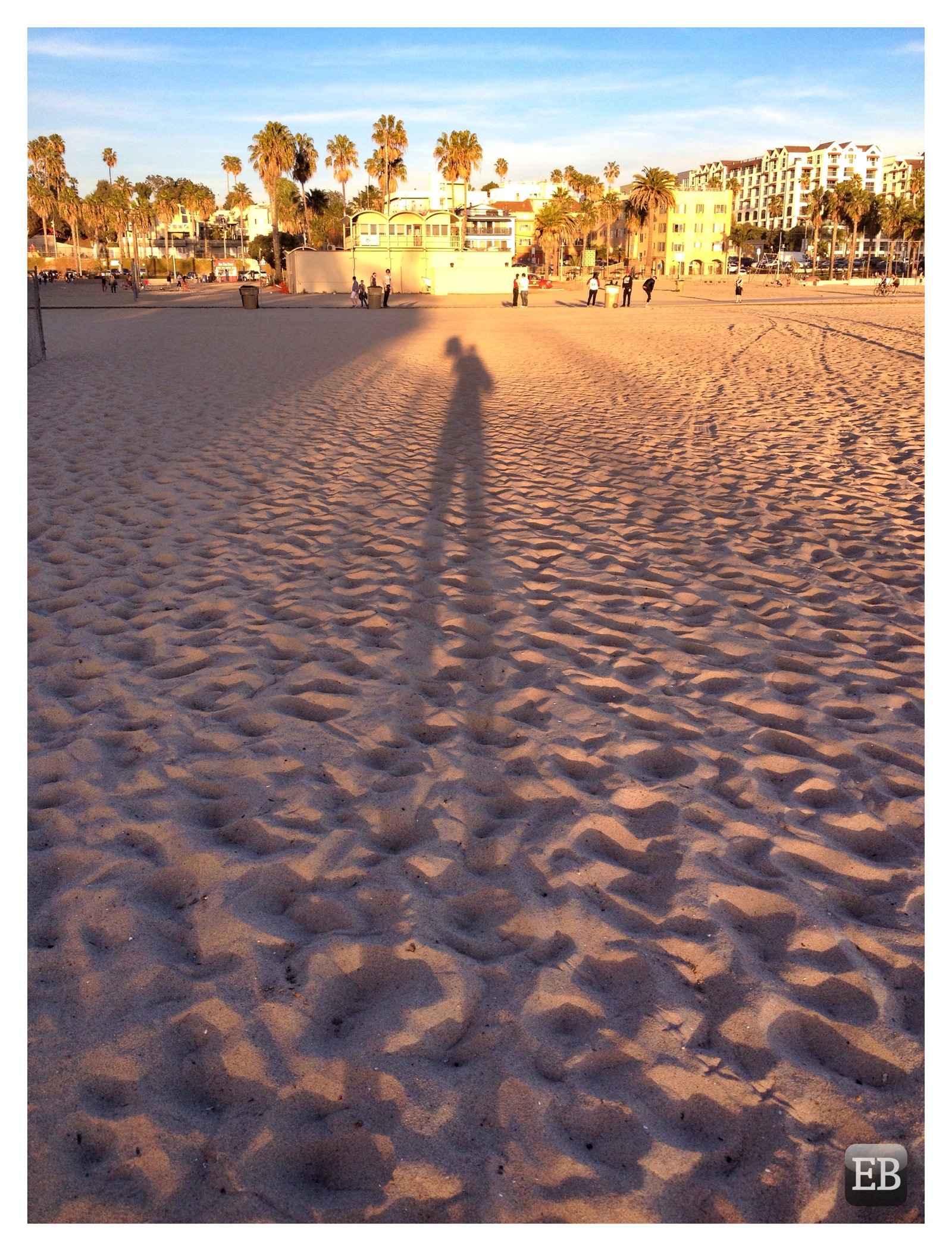
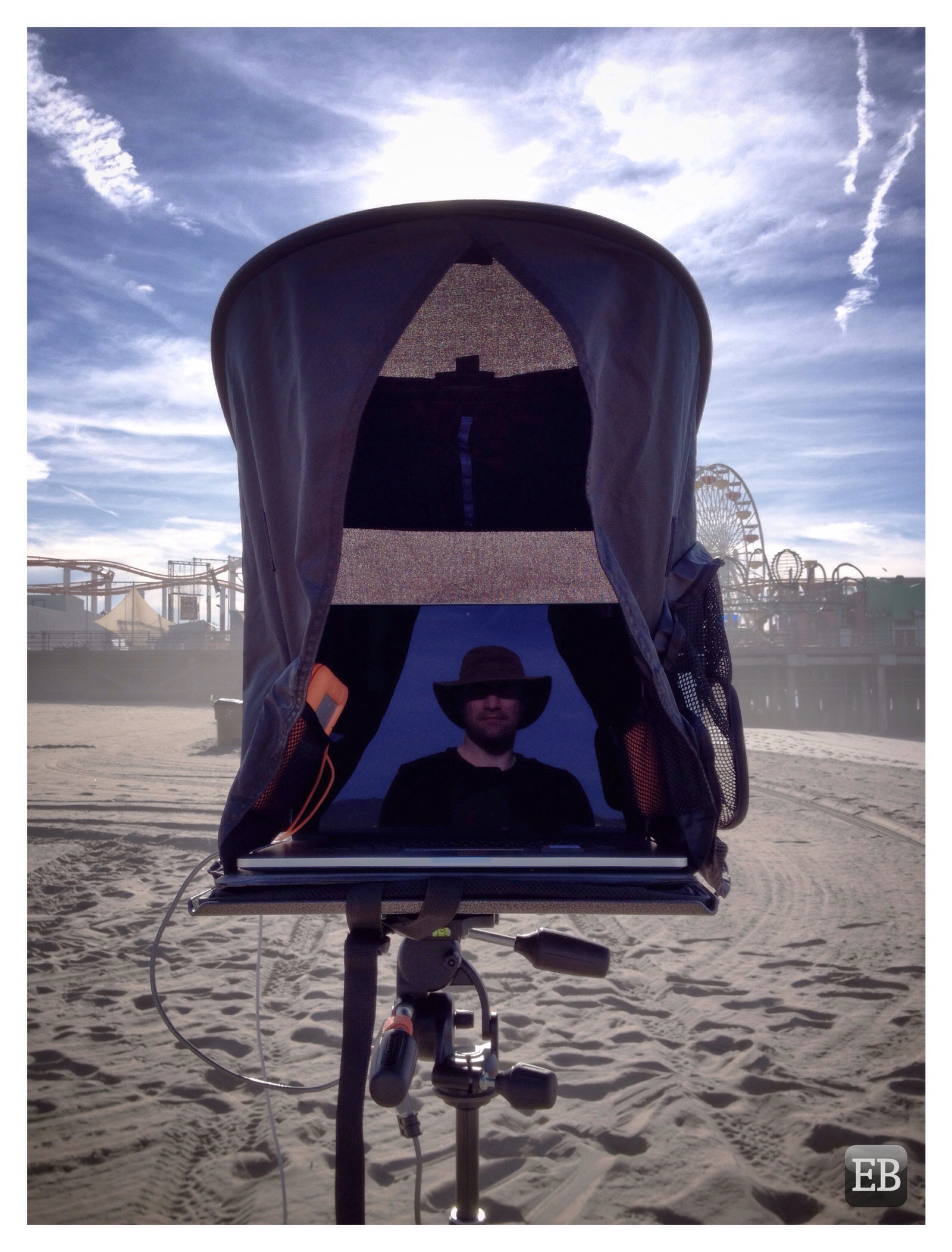
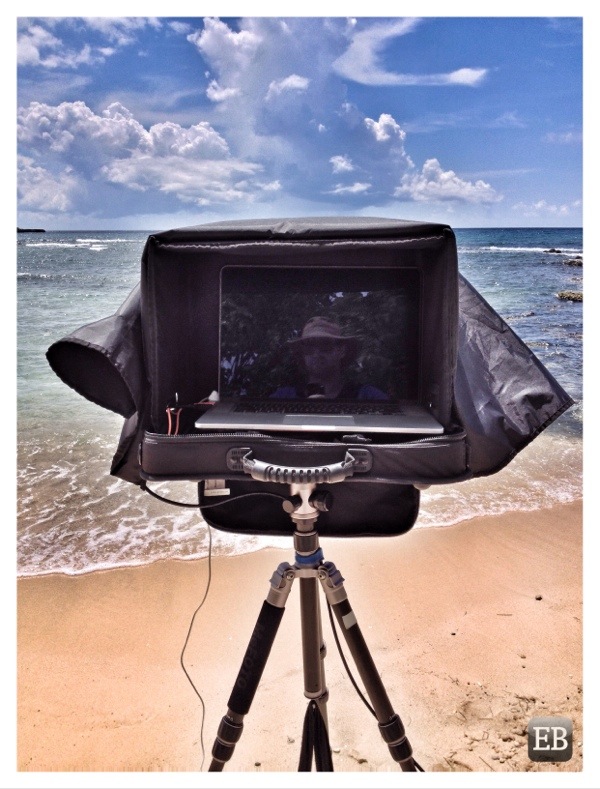
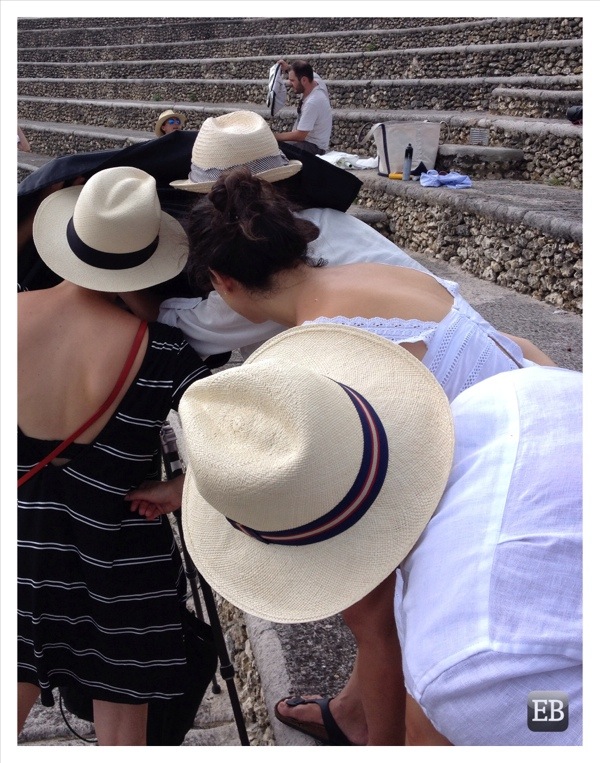
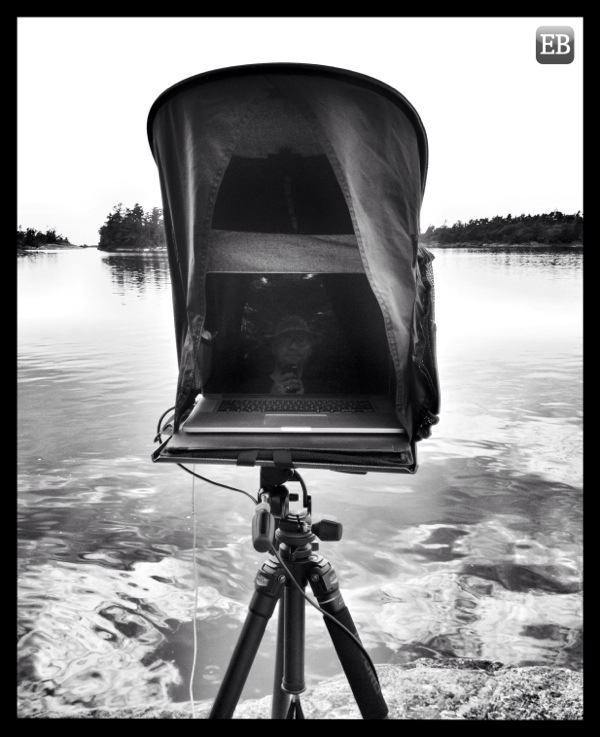
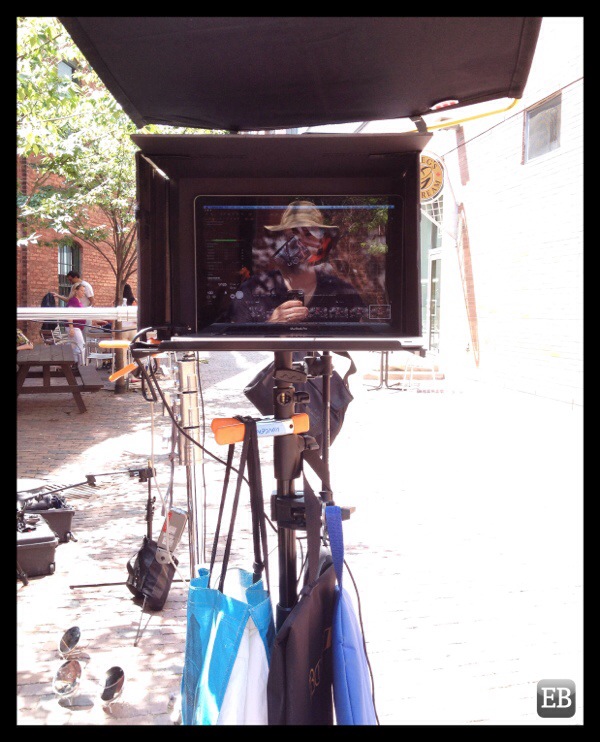
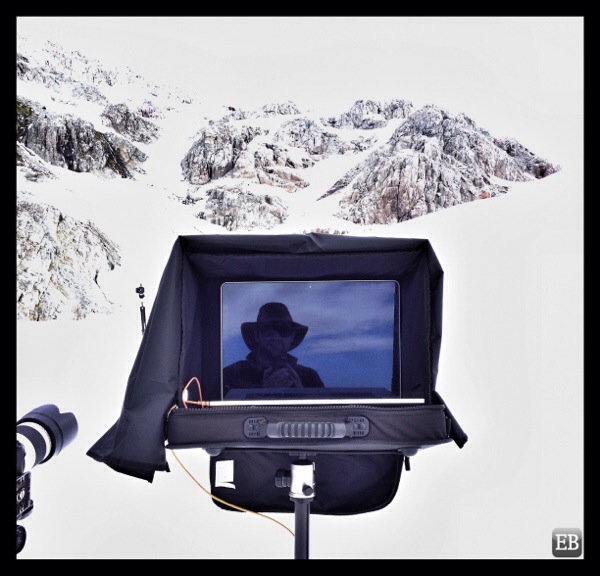
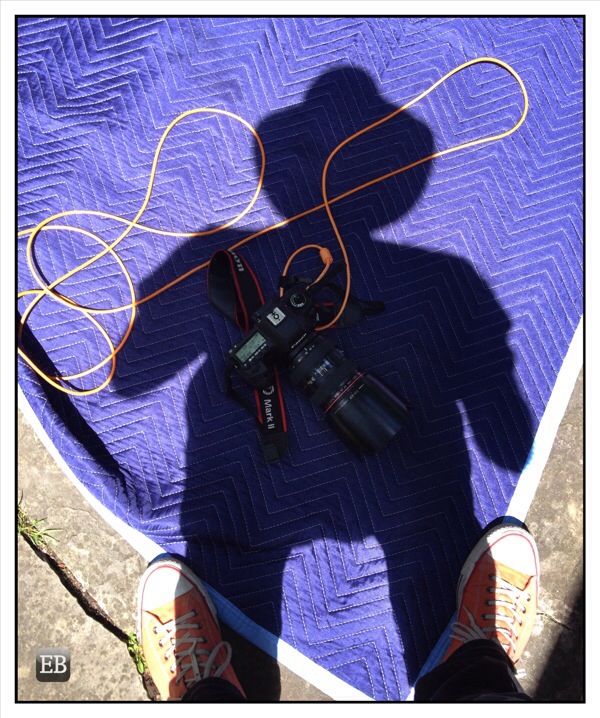
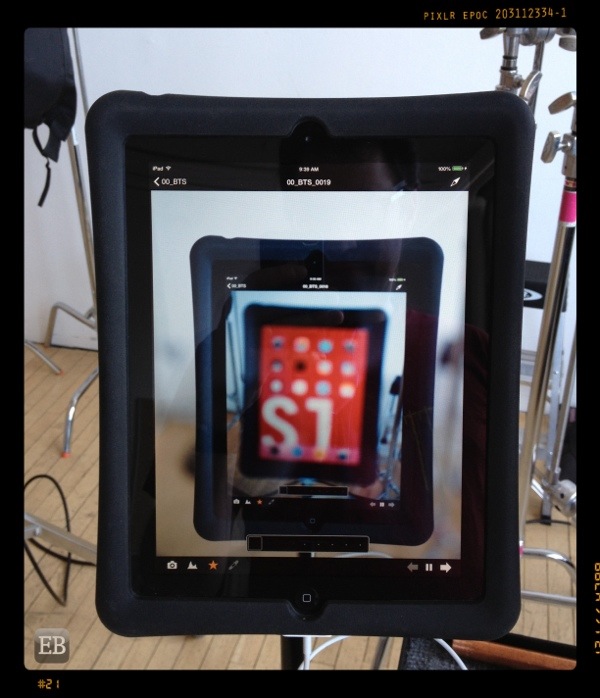

As the snow outside begins to recede magazine racks, print ads and the web start revealing the jobs we shot in the depths of winter.
This spring has been a particularly bountiful season for me with Max Abadian’s Flare cover featuring Charlotte Free, John van der Schilden’s beauty campaign for Quo Cosmetics and Malina Corpadean’s work on Tip Top Tailors all making an appearance.
Tech Tip
Arrow Tool: The Forgotten Cursor

Capture One is a huge complex program that often has multiple ways to achieve the same result. Most of us (myself included) usually figure out one way to do what we want to do and then stop looking for others. A perfect example of this is the Arrow Tool.
I had never given the Arrow Tool much attention. I always thought it was less useful version of the Hand Tool. That was before I saw a photographer use it to edit selects.
When using the Arrow Tool you can Command (⌘)-Click on an image to deselect and remove it from Multi View directly in the Viewer Window. If you are using the Hand Tool you can only do this by locating and Command (⌘)-Clicking the image’s corresponding thumbnail in the Browser Window.
This greatly speeds up the editing process by enabling non-selects to be dropped from view much more quickly.
The keyboard shortcut to activate the Arrow Tool is “v”.



2012 brought a flurry of exciting new products and software updates. Unfortunately, these new toys didn’t always play well together.
Case-in-point: Apple, Canon and Phase One (the Holy Trinity of my digital capture workflow) all released one or more new products this year. Updates to Apple’s Lion/Mountain Lion operating systems conflicted with the SDK for Canon’s 5D Mark III and 1Dx cameras. This left many photographers unable to shoot tethered via either Phase One’s Capture One software or Canon’s own EOS Utility.
On more than one occasion this summer I was forced to relegate a fresh-out-of-the-box camera to the role of back-up body because it could not shoot tethered. Which was especially frustrating for photographers that had just shelled-out thousands of dollars to upgrade to the latest, greatest laptop and/or DSLR.
Short of trotting out the tired “If it ain’t broke; Don’t fix it” adage, my advice is that changes are best made cautiously and incrementally when upgrading capture technology.
In the meantime, if you are a Canon/Capture One 6 or 7 user who still can’t shoot tethered, a workaround has been discovered.
You can read about it on the Phase One User Forum HERE.
Tech Tip
Naming Conventions: Unique descriptors are your friends

Deciding what to name the digital image files that are going to be created during a shoot is usually an afterthought—often left until the model is about to step on-set. Many times in my career I have been hurriedly told, “Just call it shot 1, shot 2, shot etc….” Rarely, though, have I named a shot so generically.
The reason why I’ve resisted generic naming conventions is probably obvious to most photographers. From managing your own digital photographs (which likely number in the tens of thousands) you know that giving your images unique filenames enables you to quickly search for that photo at a later date while simultaneously helping to prevent against that file being overwritten by an identically named but completely different image.
But often it isn’t the photographer who will be handling the image files after the shoot is done. Increasingly RAW or final hi-res files are herded-off to the client’s in-house art department. This arrangement means questions about what to call a shot fall to a client representative who is on-set. And often that person is far removed from the art department employees who will ultimately received the files. It is in these situations that generic file names can lead to confusion, wasted time and, in a worst-case scenario (cue scary music), DISASTER!
For example, a few months back I tech-ed my second shoot for the same photographer-client combo. On the previous job I had been asked to name the shots according to the backdrops the clothing was photographed against, i.e. Green_1, Yellow_4, Red_2. When I arrived for the second shoot I discovered that we were re-using the same backdrops as before and was asked to use the same naming system. Even though the odds of the art department confusing images shot several months apart and from a different season were slim, I took the precaution of adding the current season as a prefix to the image names (i.e. FW12_Green_1, FW12_Yellow_4, FW12_Red_2) so as to ensure clarity.
So, for your consideration, here are my personal tenets when it comes to naming files and folders. They may not work for you, but they have served me well:
Session or Job Folders:
Always include the shoot date. I prefer to include the date at the beginning of the name in the YYYY-MM-DD numeric format because it means job folders will appear chronologically even when sorted alphabetically. So if you search your hard drive or server for folders labelled “Flare” the results will appear in the order they were shot by default. After the date I try to be as descriptive as possible without making the folder name ridiculously long. I generally include the client name and then the specific job, story or season that is being shot: i.e. “2012-11-21 – Eric Brazier – Tech Update – Summertime”
Shot Folders and Image Names:
To avoid confusion I like to have individual shot folders named the same as the image sequence they contain. If the photographer or client’s preferred workflow is to move selects into a master selects folder this naming convention will allow for quick referral to an image’s folder of origin. For example, the folder “Summertime_1” contains the image sequence “Summertime_1_001, Summertime_1_002, Summertime_1_003, Summertime_1_etc….”
Saving Space
Finally, I realize that naming conventions are often a matter of personal preference. This is especially true when it comes to the use of spaces, dashes and underscores in filenames. Personally I use all three extensively because I find they increase readability, but many people eschew them entirely in an effort to keep filenames as short as possible. The result can be a hashtag-like label such as “techblogsummertime”. Perfectly acceptable if the person who so named the image will be shepherding it along to its final use, but a bit of an eye-stainer for anyone not intimately familiar with what was shot. In my opinion “Tech-Blog_Summertime” is much clearer and easier to read. Especially for someone scrolling down a file column containing a thousand low-res JPEGs from a week-long shoot.
If I’ve missed anything or you have your own suggestions for overwrite-proof naming conventions please drop me a line.
Cheers,
Eric
 After a rather dry Spring – for both work and weather – the Summer shooting season hit like a hurricane—almost literally.
After a rather dry Spring – for both work and weather – the Summer shooting season hit like a hurricane—almost literally.
The past few weeks have seen me on crews that have had to deal with precipitation on the cobblestone streets of both Toronto (above left) and Montreal (above right). Yet, despite their challenges, these shoots yielded great results.
Just goes to show that with the right team, lots of clear plastic garbage bags and some determination, even a torrential downpour is no reason to call the shoot.
Tech Tip
Bring It All Together: Smart Albums vs. Selects Folders

When I first started doing digital capture I made a lot of folders. I remember when each individual shot used to get it’s own capture, selects and output folder. (I do not miss those days.)
Then we started using one master selects or “Move To” folder to separate desired files from the general captures. This was an improvement but if a shot had multiple selects or supporting captures such as background plates and bracketed exposures, the Selects Folder could quickly become cluttered and no longer provide a quick overview of the shoot’s progress.
Increasingly the trend is towards keeping all the captures in their individual shot folders. This helps with file management and makes it easier for retouchers since all of a shot’s captures are in one location. However, photographers, art directors and clients still want to be able to compare shots and see their selects quickly while on-set. This is where Capture One’s Smart Albums are invaluable.
Capture One’s Smart Albums allow you to set search parameters based on a wide variety of variables including a capture’s Star Rating and Colour Tag. Once created these Smart Albums continuously ‘watch’ the folders in the Session Favourites and automatically add captures to the album that match their search criteria. It’s important to note that these Smart Albums DO NOT MOVE the captures from their original capture folders. They simply create an ‘alias’ that references the capture without moving or copying it.
To create your own Smart Album open a session in Capture One. At the bottom of the Library Tool Tab click and hold the “New Album” button and select “New Smart Album…” from the menu.
 The Smart Album dialogue will appear.
The Smart Album dialogue will appear.

From the drop-down menu select the first parameter you want to search for. In this case it’s “Colour Tag”.

In the second drop-down menu you can select to search for images that “IS” or “IS NOT” tagged with the selected colour tag. If you want to add another search parameter click the + button on the far right of the dialogue.

Adding a second parameter such as “Rating” provides increasingly specific search options.
You can continue to add search parameters such as Creation Date, Processed State, Aperture, etc… but if you are done click “OK”.
A dialogue will appear and ask you to name the Smart Album. I would suggest being very descriptive in your naming so it is clear what type of images the album’s search is returning.

The new Smart Album will appear in the Albums section of Session Library. Selecting this particular album will display images from the Session Folders and Session Favourites that are rated 5 stars AND have a green colour tag.

NOTE: Non-Session Folders (i.e. user created folders) MUST be added to the Session Favourites in order for them to be searched by Smart Albums. Folders can be manually added to the favourites list by right-clicking its icon in the Session Library and selecting ‘Add to Favourites’.
